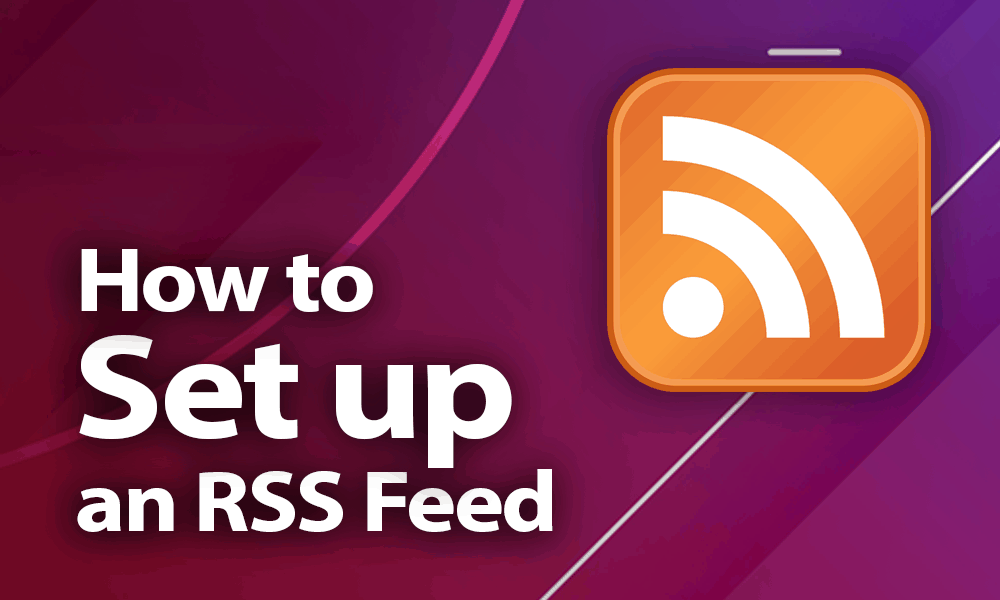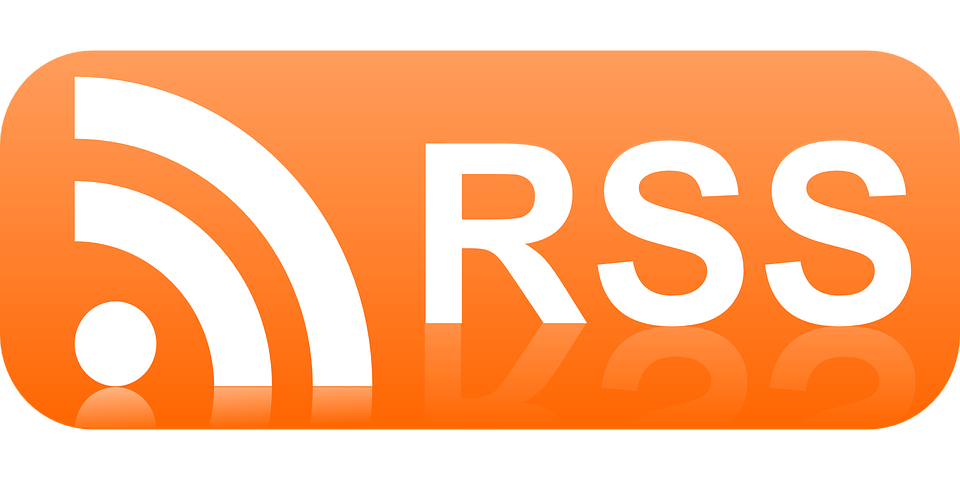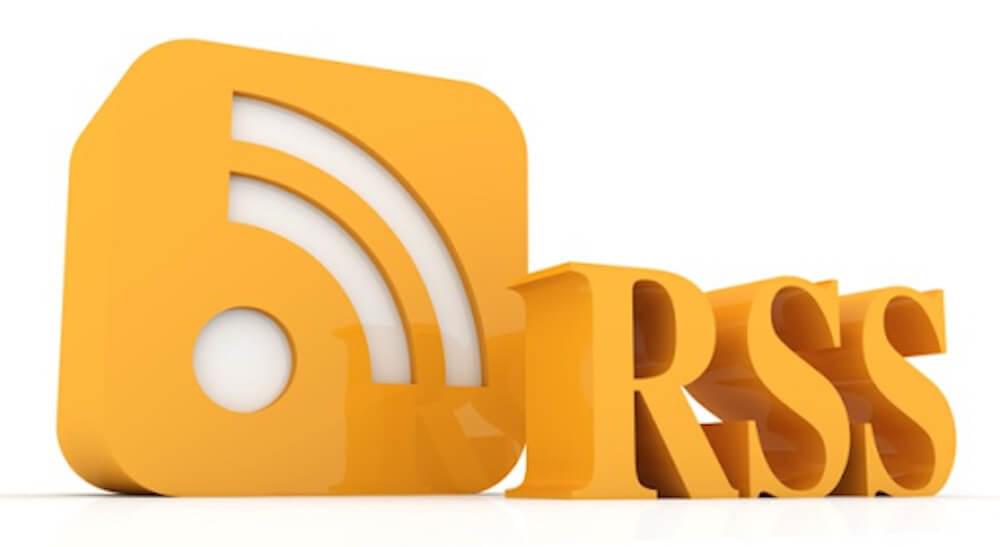
Most readers define their own refresh time (with an average of 60 minutes), so this is a fallback value.
Channel Refresh Time - How often (in minutes) RSS readers should check for new content. Item Image - The image that will display as the thumbnail in many feed readers, or as the main image in an email. Another good candidate for a Collection field. This description will work as a preview of the article itself. Item Description - A brief summary of individual items' content. Use a Collection field here unless you want all your articles to appear under the same title. Item Title - The titles of individual items in your feed – usually the blog post or page title. 
If it’s for your blog, it would be a description of your entire blog, not a specific article.
Channel Description - A brief description of the content you publish and why people should want to read it. In most cases, your site or blog’s name is best. Feed requirements and recommendations This RSS feed should be well-formed, Include all the required podcast-level and episode-level tags. Channel Title - The title of your channel in RSS readers like Feedly. Finding RSS icons on the homepage of a website is less common than it used to be, so if you don't see it, you can perform a web search, such as "Insider RSS feed." Find the page and copy the link. It will look like waves, similar to a Wi-Fi icon. Some websites place an RSS link on their homepage - look for it at the very top (in the header of the site) or at the bottom in the footer. A web feed is a document (often XML -based) whose discrete content items include web links to the source of the content. 
You'll need to know the URL to the RSS feed for the website you want to subscribe to. Create an account so you're ready to subscribe to some RSS feeds. Some of the most popular RSS readers include Feedreader, Feedly, and The Old Reader. To use RSS, you need to perform these steps:

Some are free, while others are paid programs that you need to purchase or subscribe to. There are quite a number of RSS reader programs to choose from. With RSS, you see everything that's published by the sources you subscribe to. This is less common today because many people tend to use social media to aggregate news, though it's less efficient because social media platforms use proprietary algorithms to determine what headlines users see. Users can subscribe to RSS feeds from the websites and sources of interest to them, and use an RSS reader to scan headlines and read articles from a variety of sources.

A typical RSS reader reads an RSS feed and displays summaries of all the new articles which you can browse and read.








 0 kommentar(er)
0 kommentar(er)
